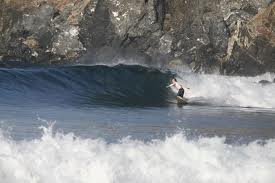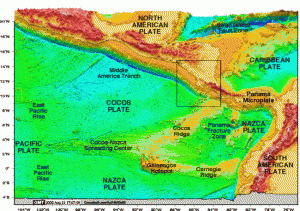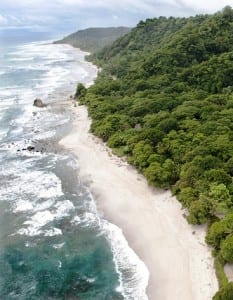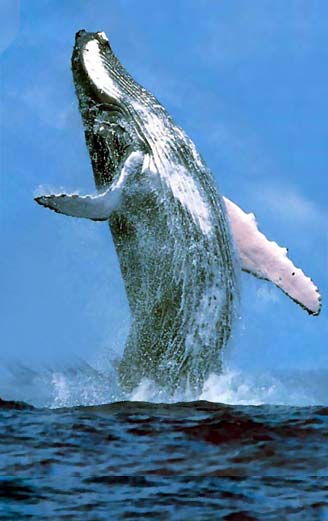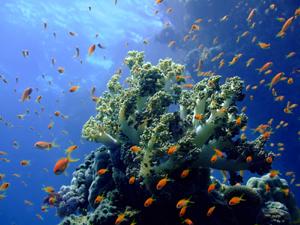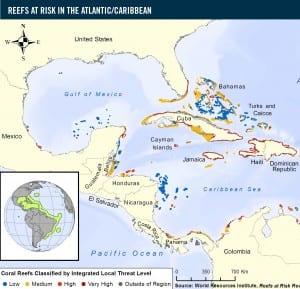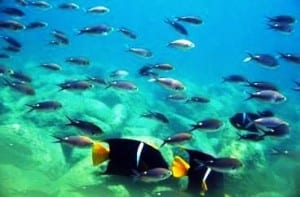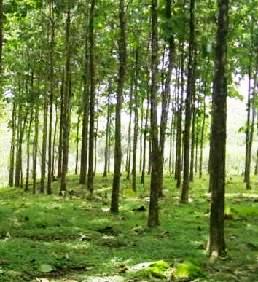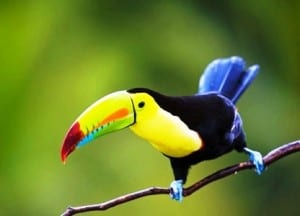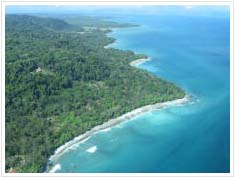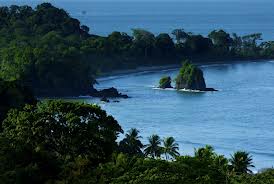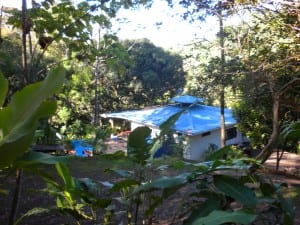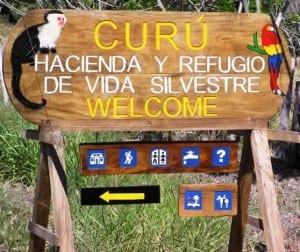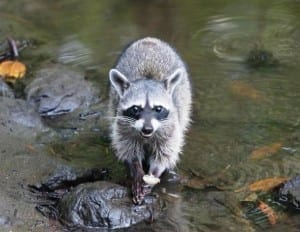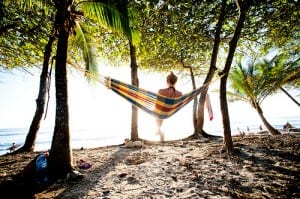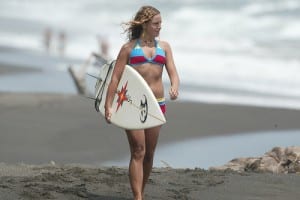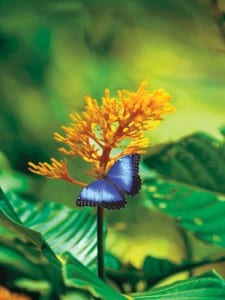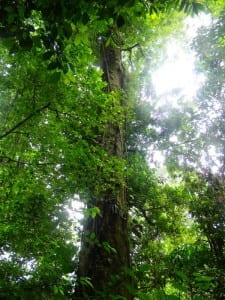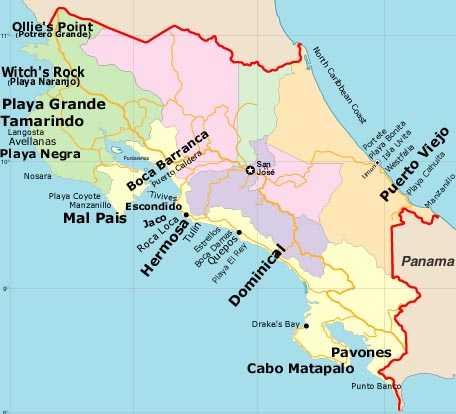 Las guías Moon hacen que los viajes independientes y que la exploración de exteriores sea divertida y accesible. Su elaboración es llevada a cabo por turistas expertos quienes reseñan de manera sincera los pormenores de cada lugar, consejos estratégicos de primera; además de datos locales útiles y una buena dosis de buen humor.
Por estas razones, dichos libros han ganado un lugar especial entre los amantes de los viajes al extranjero. El objetivo de la casa editorial es que cada usuario tenga una experiencia única. Cada texto incluye ideas, mapas fáciles de usar y un conglomerado de cosas por ver, restaurantes y hospedajes.
Existen distintos tipos de manuales Moon. Estos incluyen: de bolsillo, exteriores, metro, vida en el exterior y lugares destacados. En el último apartado, se pueden encontrar diferentes clases de sitios por visitar. En ese sentido, la versión correspondiente a Costa Rica ofrece una pequeña descripción acerca de playas. Más específicamente, cuenta con un listado de centros de surf que todo aficionado debe conocer.
Si bien destacan que existen docenas de áreas que proporcionan olas tubulares y brisa cálida; también hacen hincapié en aspectos negativos. Indican que en muchas de ellas hay que tener precaución debido a las corrientes que pueden ser mortales para nadadores y surfistas. Asimismo, subrayan temporadas en las que muchas están llenas de troncos y maderas.
Las guías Moon hacen que los viajes independientes y que la exploración de exteriores sea divertida y accesible. Su elaboración es llevada a cabo por turistas expertos quienes reseñan de manera sincera los pormenores de cada lugar, consejos estratégicos de primera; además de datos locales útiles y una buena dosis de buen humor.
Por estas razones, dichos libros han ganado un lugar especial entre los amantes de los viajes al extranjero. El objetivo de la casa editorial es que cada usuario tenga una experiencia única. Cada texto incluye ideas, mapas fáciles de usar y un conglomerado de cosas por ver, restaurantes y hospedajes.
Existen distintos tipos de manuales Moon. Estos incluyen: de bolsillo, exteriores, metro, vida en el exterior y lugares destacados. En el último apartado, se pueden encontrar diferentes clases de sitios por visitar. En ese sentido, la versión correspondiente a Costa Rica ofrece una pequeña descripción acerca de playas. Más específicamente, cuenta con un listado de centros de surf que todo aficionado debe conocer.
Si bien destacan que existen docenas de áreas que proporcionan olas tubulares y brisa cálida; también hacen hincapié en aspectos negativos. Indican que en muchas de ellas hay que tener precaución debido a las corrientes que pueden ser mortales para nadadores y surfistas. Asimismo, subrayan temporadas en las que muchas están llenas de troncos y maderas.
- Playa Cocles: Las hermosas arenas doradas e islas mar adentro la convierten en el sitio ideal para quienes están comenzando en este deporte acuático. Además, cuenta con restaurantes de buena calidad en los alrededores.
- Puerto Viejo: Ofrece la ola conocida como «Salsa Brava», que es la más alta y poderosa de toda Costa Rica. Por ello se recomienda solo para personas expertas.
Zona noroeste (Guanacaste):
- Playa Naranjo (Parque Nacional Santa Rosa): Es una zona solitaria dentro del área protegida, apta para acampar y observar la fauna local. Contiene la famosa «Roca Bruja», todo un ícono para los surfistas de corazón.
- Playa Potrero Grande (Parque Nacional Santa Rosa): Aislado y de difícil acceso, este litoral –más conocido como «Ollie's Point»– bien merece la pena, pues posee características inigualables. Tanto así que su oleaje fue reconocido a nivel internacional por el director Bruce Brown en la producción de 1994: «The Endless Summer II». Además, las cercanías ofrecen un espectáculo maravilloso en cuanto a biodiversidad.
Península de Nicoya:
- Playa Grande: Con kilómetros de longitud, este es el sitio de anidación por excelencia de la tortuga baula en horas de la noche. Sin embargo, durante el día les brinda a sus visitantes el mejor surf de la zona.
 Playa Tamarindo: Es la quintaescencia para los surfistas, por lo que es el complejo turístico más de moda en la actualidad. Es amplísimo cuando baja la marea, el sueño de cualquier pareja de enamorados. Los amantes de la tabla podrán disfrutar de un rompeolas fluvial gracias a la desembocadura del río. Más al sur, se localiza playa Langosta, un reto mayor pero con olas menos consistentes.
Playa Tamarindo: Es la quintaescencia para los surfistas, por lo que es el complejo turístico más de moda en la actualidad. Es amplísimo cuando baja la marea, el sueño de cualquier pareja de enamorados. Los amantes de la tabla podrán disfrutar de un rompeolas fluvial gracias a la desembocadura del río. Más al sur, se localiza playa Langosta, un reto mayor pero con olas menos consistentes.
- Playa Avellanas: Con un número cada vez mayor de servicios que atienden a los surfistas, Avellanas también abastece a la clase adinerada con el lujoso centro vacacional Hacienda Pinilla. Tiene media docena de rompeolas de coral.
- Playa Negra: Se accede a ella por un camino de tierra. Este litoral de arena gris en una costa accidentada es muy popular entre quienes buscan un enorme rompeolas de coral.
- Playas Santa Teresa y Mal País: Hoy por hoy es el sitio más de moda para practicar esta disciplina deportiva. Ambas playas gemelas corren a lo largo de una costa escarpada llena de campamentos de surf, bares extravagantes e incluso centros turísticos de lujo. Posee varios puntos de surf recomendados.
Pacífico Central:
- Jacó: Es el pueblo surfista original que aún atrae a una multitud leal de este deporte. Jacó se ha transformado más recientemente en el centro neurálgico de la fiesta cerca al mar. Además, es el lugar para deportistas con conocimiento intermedio, ya que ofrece picos divertidos tanto derechos como izquierdos.
- Playa Hermosa: Directamente al sur de Jacó, cuenta con olas consistentes y de gran alcance. Sin embargo, puede suele estar concurrida con surfistas que buscan «túneles» perfectos.
- Dominical: Relajada y de moda, pero volviéndose cada vez más lujosa. Ofrece rompeolas izquierdos y derechos que van desde los más sencillos a los más complicados.
- Cabo Matapalo: Ubicado en la punta sureste de la península de Osa, tiene varias rompientes rocosas estupendas. Por ello es más adecuado para surfistas expertos.
- Pavones: Conocida como una meca para los surfistas, es reconocida mundialmente por su rompiente izquierda que, en un día bueno, puede dar oleaje de hasta un kilómetro de extensión.
Del Mar Surf Camp ha sabido identificar la importancia de estos puntos y ha ubicado dos de sus tres sedes en playa Hermosa (Jacó) y Santa Teresa. Así, los visitantes se garantizan no solo el conocimiento sobre esta disciplina; sino, además, la certeza de practicar la tabla en sitios de renombre mundial. Diez años de trayectoria y una gran clientela satisfecha le garantizan un servicio único y de calidad.

